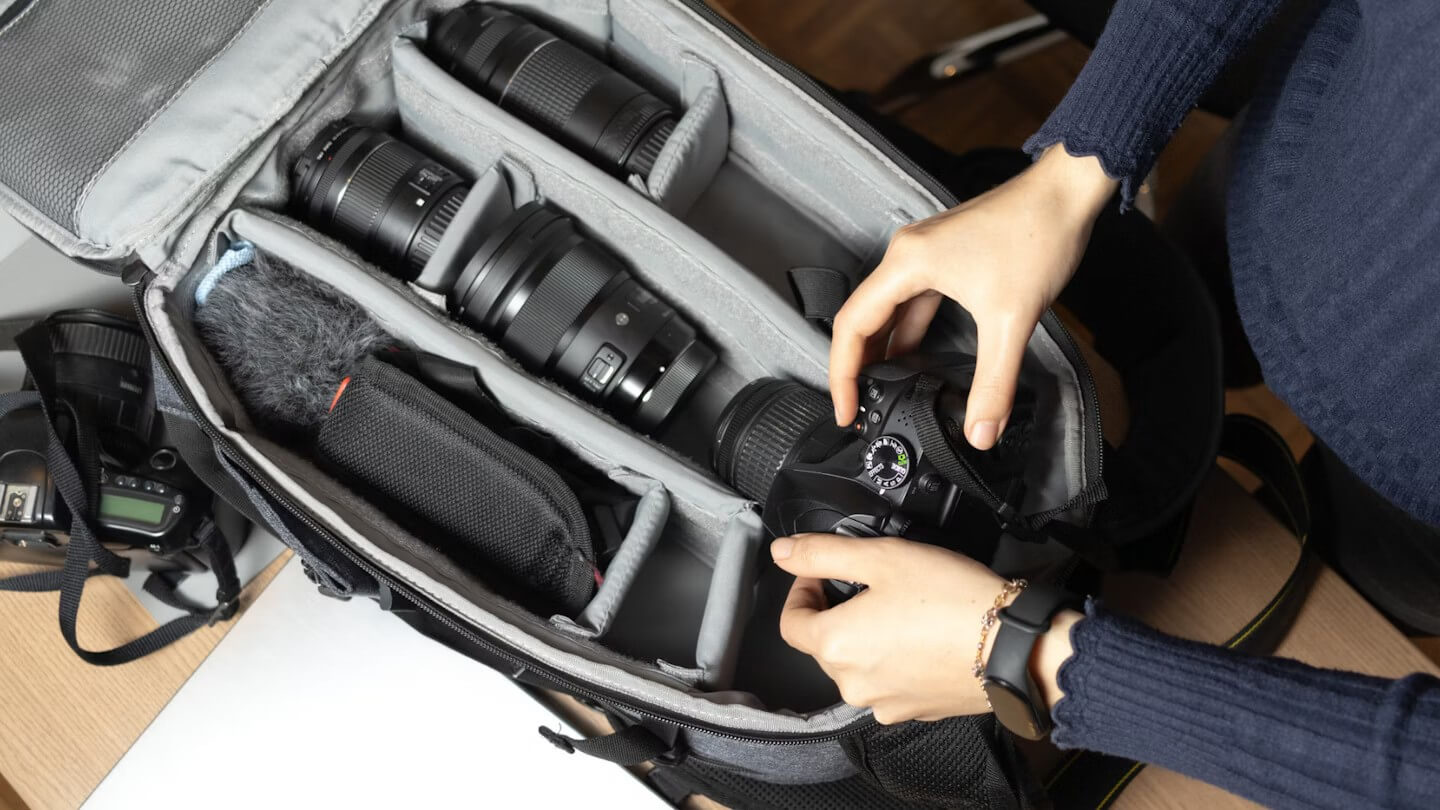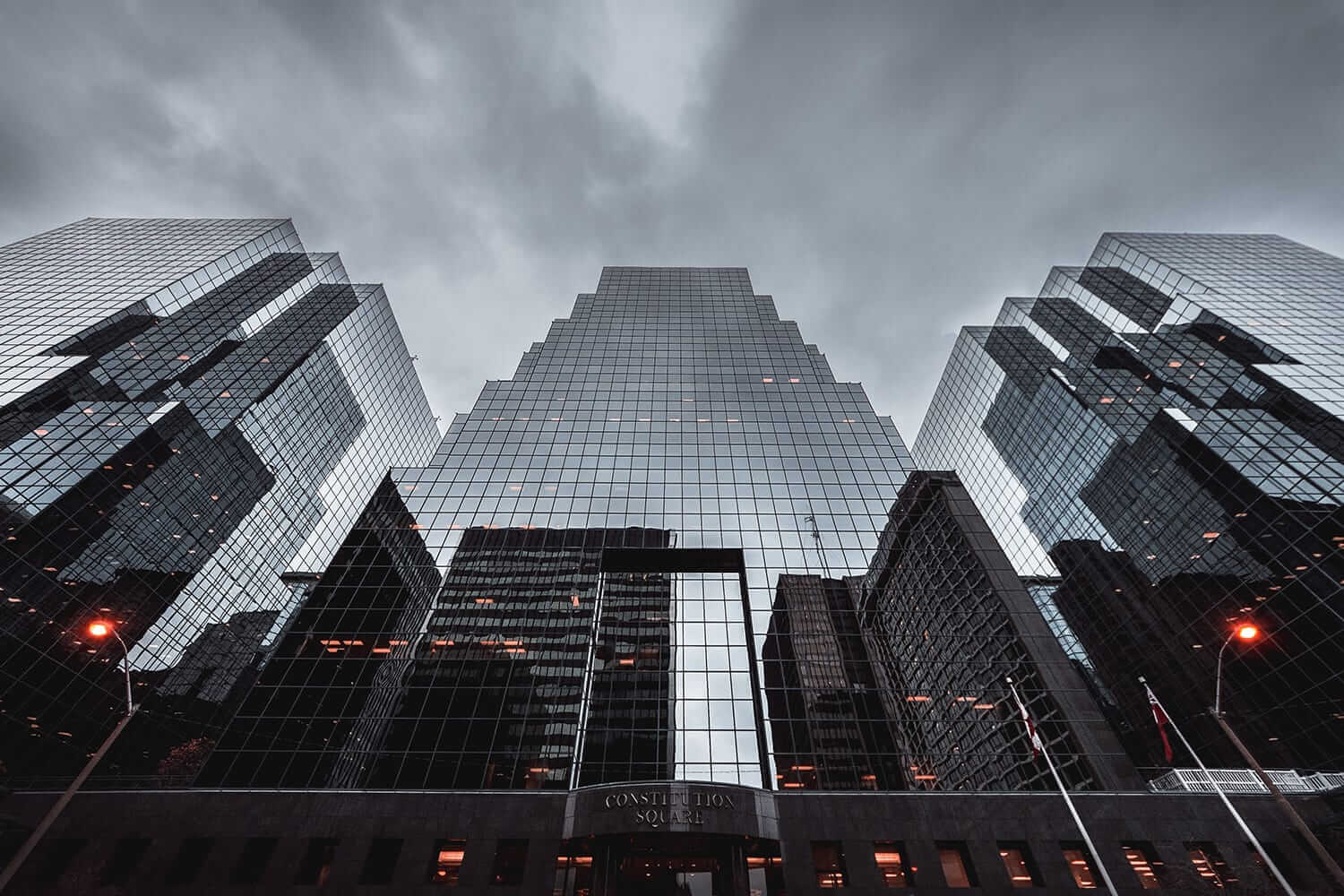Architectural photography is an art that captures the beauty and structure of buildings, whether modern skyscrapers, historical landmarks, or intricate interiors.
Mastering this field requires an understanding of composition, lighting, and the right equipment.
In this guide, we’ll explore essential gear, lighting techniques, composition strategies, post-processing tips, and common mistakes to avoid.
Architectural Photography: Essential Equipment And Camera Settings
Selecting the right gear is crucial for achieving high-quality results. Here’s what you need to get started:
1. Cameras for Capturing Buildings
- DSLR and Mirrorless Cameras: Provide high-resolution images with sharp details.
- Medium Format Cameras: Offer superior image quality, perfect for commercial work.
2. Best Lenses for Architectural Shots
- Wide-Angle Lenses (16mm-35mm): Ideal for capturing entire structures.
- Tilt-Shift Lenses: Prevent distortion and ensure straight vertical lines.
- Prime Lenses (35mm-50mm): Deliver distortion-free and sharp images.
3. Essential Accessories
- Tripod: Provides stability for sharp images, especially in low-light settings.
- Remote Shutter Release: Minimizes vibrations for better image clarity.
- Polarizing Filters: Reduce reflections on glass surfaces.
Using the right camera, lens, and accessories will significantly improve your shots.
How Light And Shadows Affect Architectural Photography
Lighting plays a crucial role in defining depth and contrast in your images.
1. Best Times for Shooting
- Golden Hour (Sunrise & Sunset): Creates warm, soft light and long shadows.
- Blue Hour (Dusk & Dawn): Enhances cityscapes with glowing lights.
- Midday (Harsh Sunlight): Produces strong contrasts for dramatic effects.
2. Managing Shadows and Highlights
- Use HDR Photography: Helps balance overexposed and underexposed areas.
- Experiment with Artificial Lighting: Essential for interior shots.
- Adjust Camera Angles: Capture depth and contrast effectively.
Understanding light and shadow enhances the impact of your shots.
Mastering Composition And Perspective In Building Photography
Composition is key to creating visually compelling images. Here are some techniques to consider:
1. Rule of Thirds
Align key elements along grid lines for a balanced composition.
2. Leading Lines
Use pathways, staircases, or window patterns to guide the viewer’s eye.
3. Symmetry and Patterns
Highlight geometric elements of buildings to create artistic compositions.
4. Perspective Control
- Capture buildings from low angles for a grand appearance.
- Use tilt-shift lenses to avoid distortion.
- Experiment with aerial shots for unique perspectives.
Applying these techniques will improve your architectural photography skills.
Post-Processing Tips To Enhance Your Architectural Shots
Editing is essential to refine colors, correct distortions, and bring out textures.
1. Correcting Distortion
- Use Lens Correction Tools to straighten vertical lines.
- Apply Perspective Warp to fix unnatural angles.
2. Enhancing Details
- Increase Clarity and Sharpness for crisp textures.
- Use Dodge and Burn to highlight important areas.
3. Optimizing Colors
- Adjust white balance for accurate lighting representation.
- Convert to black and white for an artistic effect.
A well-edited image makes a significant difference in the final outcome.
Common Mistakes To Avoid In Architectural Photography
Even experienced photographers make errors. Here’s how to prevent them:
1. Distorted Perspective
Use tilt-shift lenses or correct angles in post-processing.
2. Overexposed or Underexposed Images
Use bracketing and HDR techniques for balanced lighting.
3. Poor Composition
Follow basic composition rules for visually engaging images.
4. Ignoring Weather Conditions
Plan shoots based on weather forecasts to avoid flat lighting.
5. Lack of Post-Processing
Editing is crucial—always refine your shots for a professional look.
By avoiding these mistakes, you’ll elevate your architectural photography skills.
See you in the next post,
Anil UZUN

